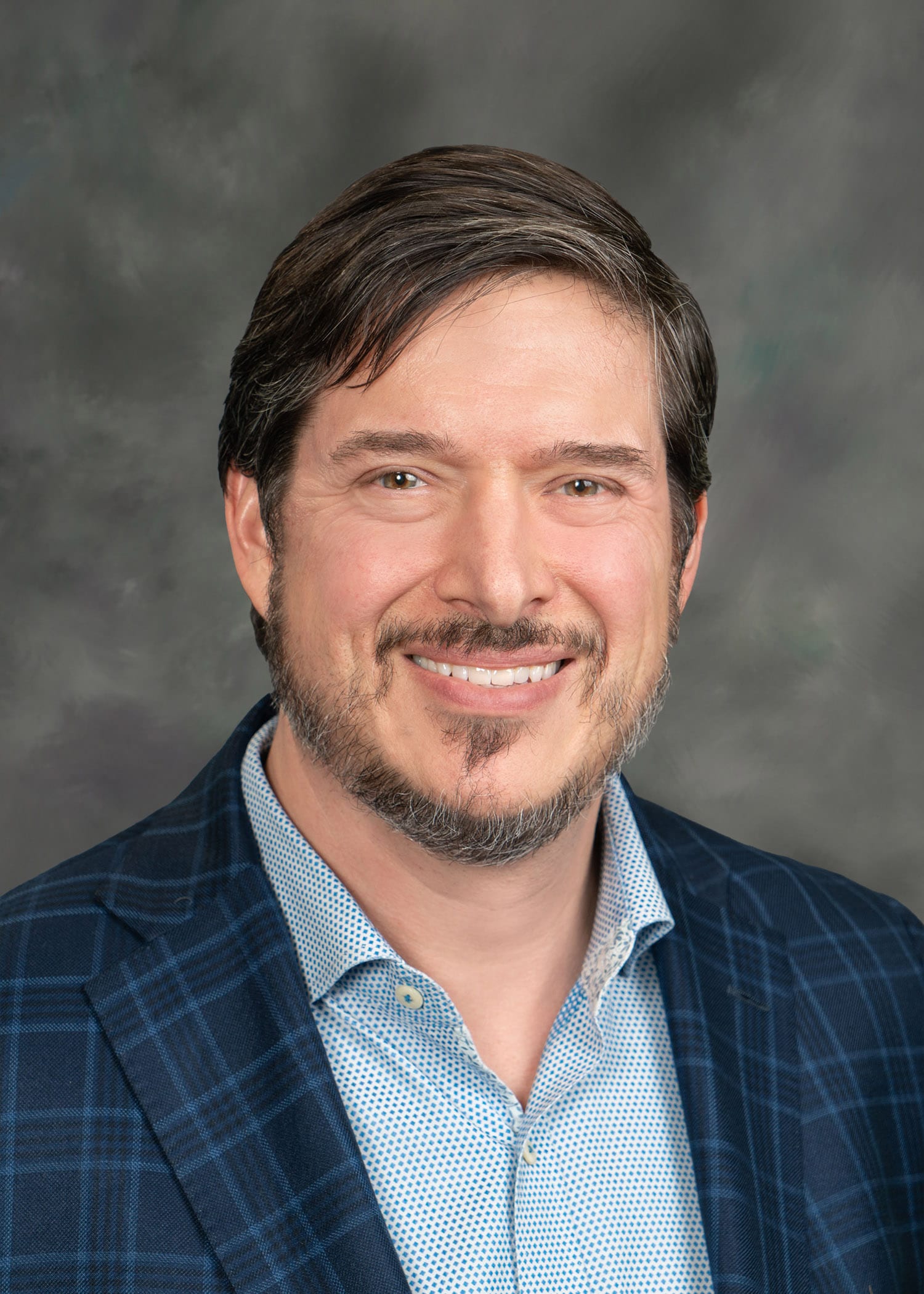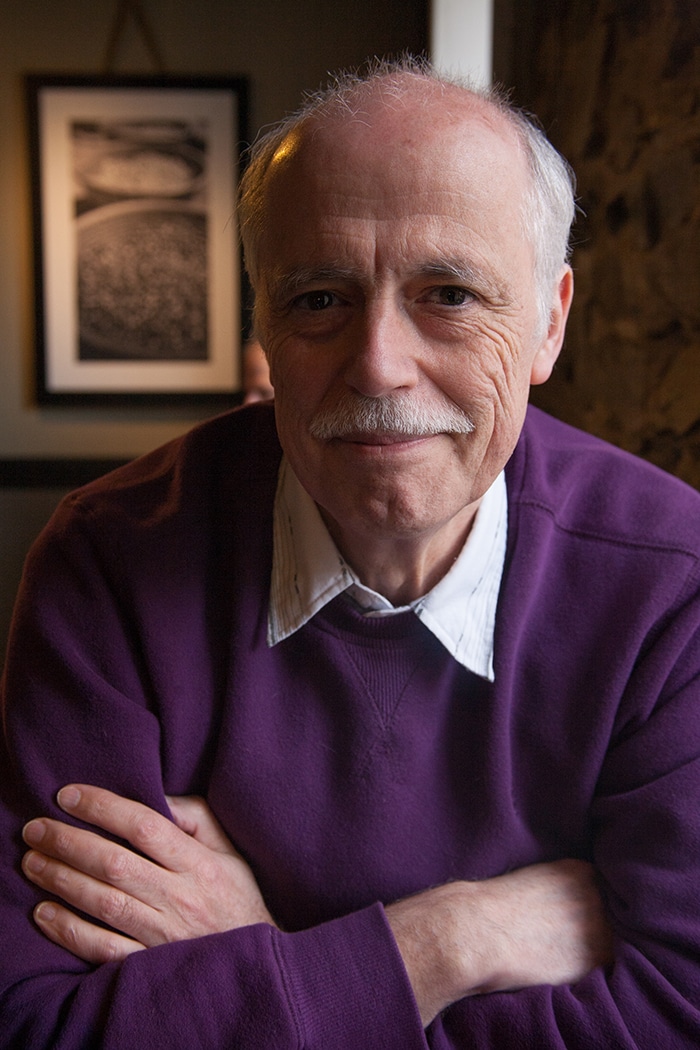In October 2013, the Advances in Geroscience: Impact on Healthspan and Chronic Disease summit provided an introduction to the field of geroscience, which explores the common connections between aging and disease. Discussions from the conference produced a consensus on the seven “pillars of aging”: adaption to stress, epigenetics, inflammation, macromolecular damage, metabolism, proteostasis, and stem cells and regeneration. Through study of these processes, experts hope to find ways to slow down aging and thus reduce the risk for all chronic diseases.
According to Felipe Sierra, Ph.D., director, Division of Aging Biology at the National Institute on Aging, “When we had the 2013 summit, it was quite a success. People were energized.”
The Trans-NIH Geroscience Interest Group (GSIG) served as the catalyst for the summit. Sierra says that interest in geroscience has grown both at NIH and beyond.
The summit led to a trans-NIH initiative driven by six different institutes, resulting in projects focused on geroscience, including: “Epigenetic Analyses of Aging as a Risk Factor for Multiple Chronic Conditions,” “Impact of Aging on Currently Employed Animal Models of Disease and Chronic Conditions,” and “Network and Infrastructure Support for Development of Interdisciplinary Aging Research.”
“These projects have had a level of interest from people who haven’t been in that space in the past,” says Sierra. “There is more research that’s coming out. Experts are looking to find ways to address aging as a target outcome.”
He notes that this interest is growing outside the NIH as well. There’s been collaboration with the U.S. Food and Drug Administration on geroscience projects. Disease-specific groups are inviting geroscience experts to participate in meetings and conferences. And in countries like Canada, geroscience initiatives are being launched.
This is also true in the attention that geroscience and healthy aging have begun to generate in the media, such as recent stories in TIME and Science, as well as a National Geographic TV special. “It’s becoming mainstream. It’s getting into the consciousness of the general population,” Sierra notes.
Thanks to the dedication of its pioneering researchers, geroscience had attracted more attention. It’s now time to take the next step. The time for another geroscience summit has come. This April 13-14 in New York City, that summit will take place.
A collaboration between New York Academy of Sciences, the GSIG, the Gerontological Society of America, and the American Federation for Aging Research, the Disease Drivers of Aging: 2016 Advances in Geroscience Summit will take up where the first summit left off.
With a difference, says Sierra.
“For this summit, we wanted to do something different,” he notes. “We are going to look at the opposite side of the coin. Instead of looking at how aging is the root cause of diseases, we are going to look at how some diseases affect and accelerate the aging process. The question is: ‘What pillars of aging are affected by these diseases and/or their treatments?’”
For instance, what effects do cancer and chemotherapy have on aging? Do they lead to an excessive accumulation of senescent cells? Will other tell-tale signs of aging be evident?
The conference will feature experts who are not specifically aging-research focused, such as from the cancer, HIV, and diabetes fields. By including experts from outside the aging research arena, the summit’s organizers hope to expand the dialogue to other parts of the research community. Ultimately, the discussions from the summit will add weight to the discoveries made in geroscience thus far.
As he looks forward to the summit, Sierra thinks ahead to what’s to come, “The field of geroscience is growing. The Boomers are aging, and I think that will drive interest in aging.” But he adds a note of caution, “It is often stated that curing disease X will change the way people age. This is wrong. It would only affect those who have disease X. For those without it, it wouldn’t help. We still need to change the conversation on aging. It is important that people begin to understand that aging underlies the cause of all diseases that affect us as we get older.”
Thanks to experts like Sierra, we can be optimistic this change is just on the horizon.





